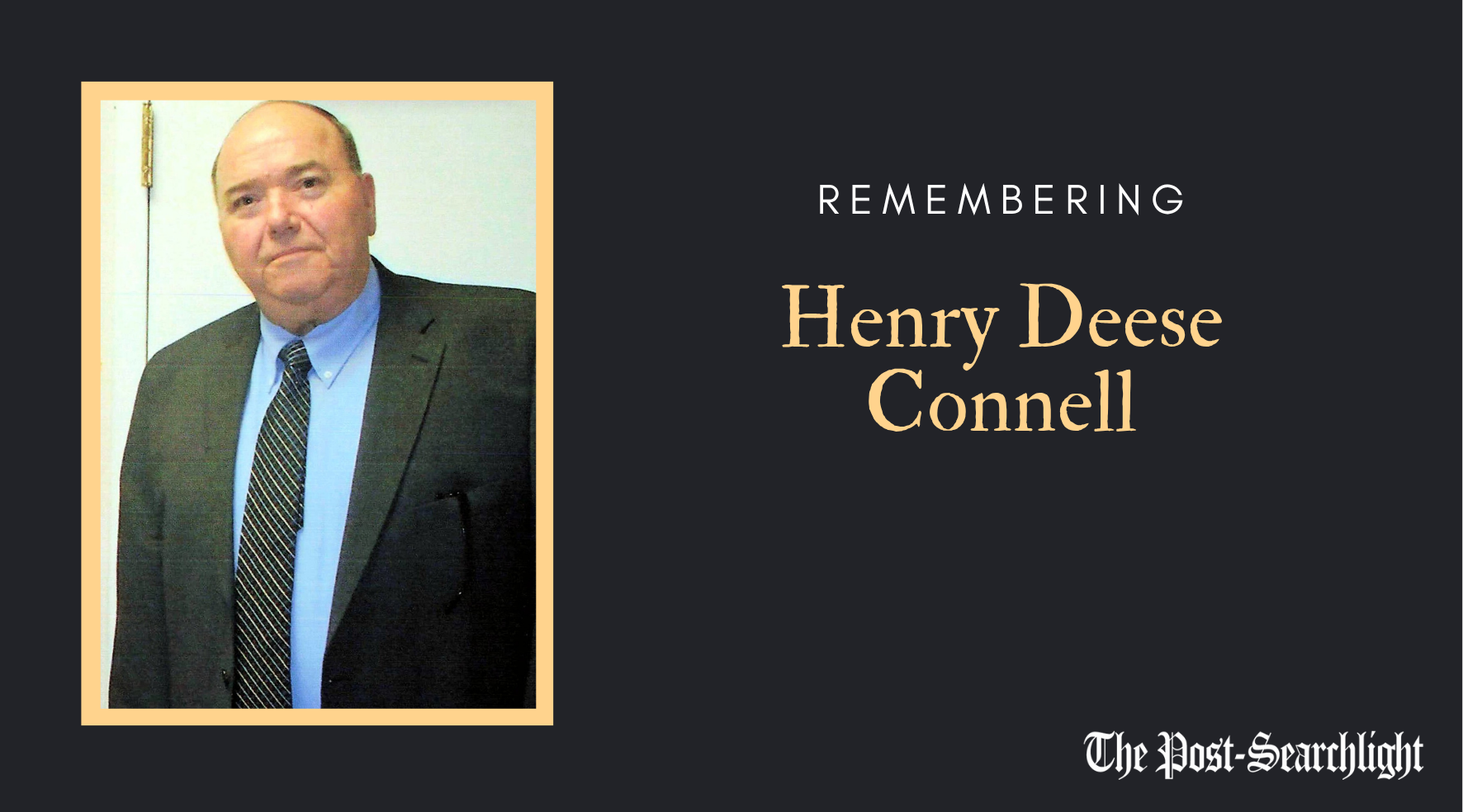Creating a Retirement Strategy
Published 3:16 pm Wednesday, June 22, 2022
|
Getting your Trinity Audio player ready...
|
Across the country, people are saving for that “someday” called retirement. Someday, their careers will end. Someday, they may live off their savings or investments, plus Social Security. They know this, but many of them do not know when, or how, it will happen. What is missing is a strategy – and a good strategy might make a great difference.
A retirement strategy directly addresses the “when, why, and how” of retiring. It can even address the “where.” It breaks the whole process of getting ready for retirement into actionable steps.
This is so important. Too many people retire with doubts, unsure if they have enough retirement money and uncertain of what their tomorrows will look like. Year after year, many workers also retire earlier than they had expected, and according to a 2022 study by the Employee Benefit Research Institute, about 47% do. In contrast, you can save, invest, and act on your vision of retirement now to chart a path toward your goals and the future you want to create for yourself.
Trending
Since it’s impossible to predict the future, some people dismiss having a long-range retirement strategy. Indeed, there are things about the future you cannot control: how the stock market will perform, how the economy might do. That said, you have partial or full control over other things: the way you save and invest, your spending and your borrowing, the length and arc of your career, and your health. You also have the chance to be proactive and to prepare for the future.
A good retirement strategy has many elements. It sets financial objectives. It addresses your retirement income: how much you may need, the sequence of account withdrawals, and the age at which you claim Social Security. It establishes (or refines) an investment approach. It examines financial implications and possible health care costs, as well as the transfer of assets to heirs.
A prudent retirement strategy also entertains different consequences. Financial professionals often use multiple-probability simulations to try and assess the degree of financial risk to a retirement strategy, in case of an unexpected outcome. These simulations can help to inform the financial professional and the retiree or pre-retiree about the “what ifs” that may affect a strategy. They also consider sequence of returns risk, which refers to the uncertainty of the order of returns an investor may receive over an extended period of time.
Let a retirement strategy guide you. Ask a financial professional to collaborate with you to create one, personalized for your goals and dreams. When you have such a strategy, you know what steps to take in pursuit of the future you want.
Hal Brannen is a Registered Representative with Cetera Advisors LLC and may be reached at 229-246-1775 or
hal@warren-brannen-lyle.com Website: www.brannenlyle.com
Securities offered through Cetera Advisors LLC, Member FINRA/SIPC.
Some advisory services offered through Cetera Advisors LLC and some offered through Brannen & Lyle Investment Company, registered investment advisers.
Cetera is under separate ownership from any other named entity.
Brannen & Lyle Investment Company is not affiliated with Cetera Advisors LLC.
410 S. West Street, Bainbridge, GA 39819





